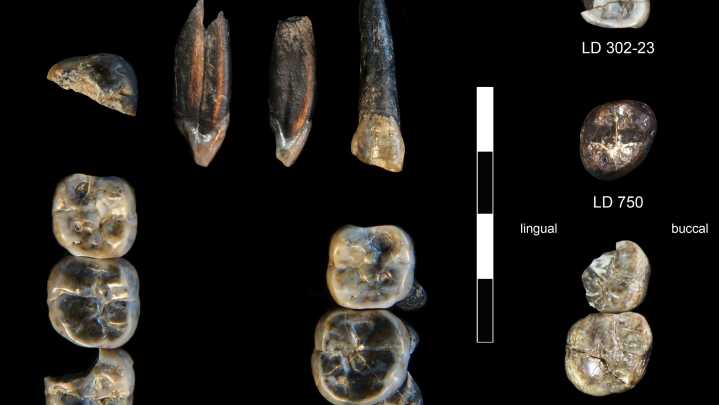Arizona State University research scientists discover evidence of a new species of hominid that walked east African grasslands 2.6 million years ago.
The discovery could offer new clues about a critical time in human evolution, when there could have been four species of upright apes still living.
The new species could help scientists understand why the first humans emerged when they did, but more research is needed.
Though she works thousands of miles from home, Arizona State University research scientist Kaye Reed is used to 110-degree heat. For days at a time, Reed and her colleagues walk through Ethiopia's baking Awash Valley, scanning the ground with their eyes. It’s uncomfortable, Reed said, but it’s all worth it when they make the kind of discovery revealed in a paper released on

 Arizona Republic
Arizona Republic

 Associated Press US and World News Video
Associated Press US and World News Video Associated Press Top News
Associated Press Top News CBS News
CBS News FOX5 Vegas
FOX5 Vegas KETV NewsWatch 7
KETV NewsWatch 7 Tulsa World
Tulsa World Foreign Policy
Foreign Policy Alabama News Network
Alabama News Network The Cut
The Cut